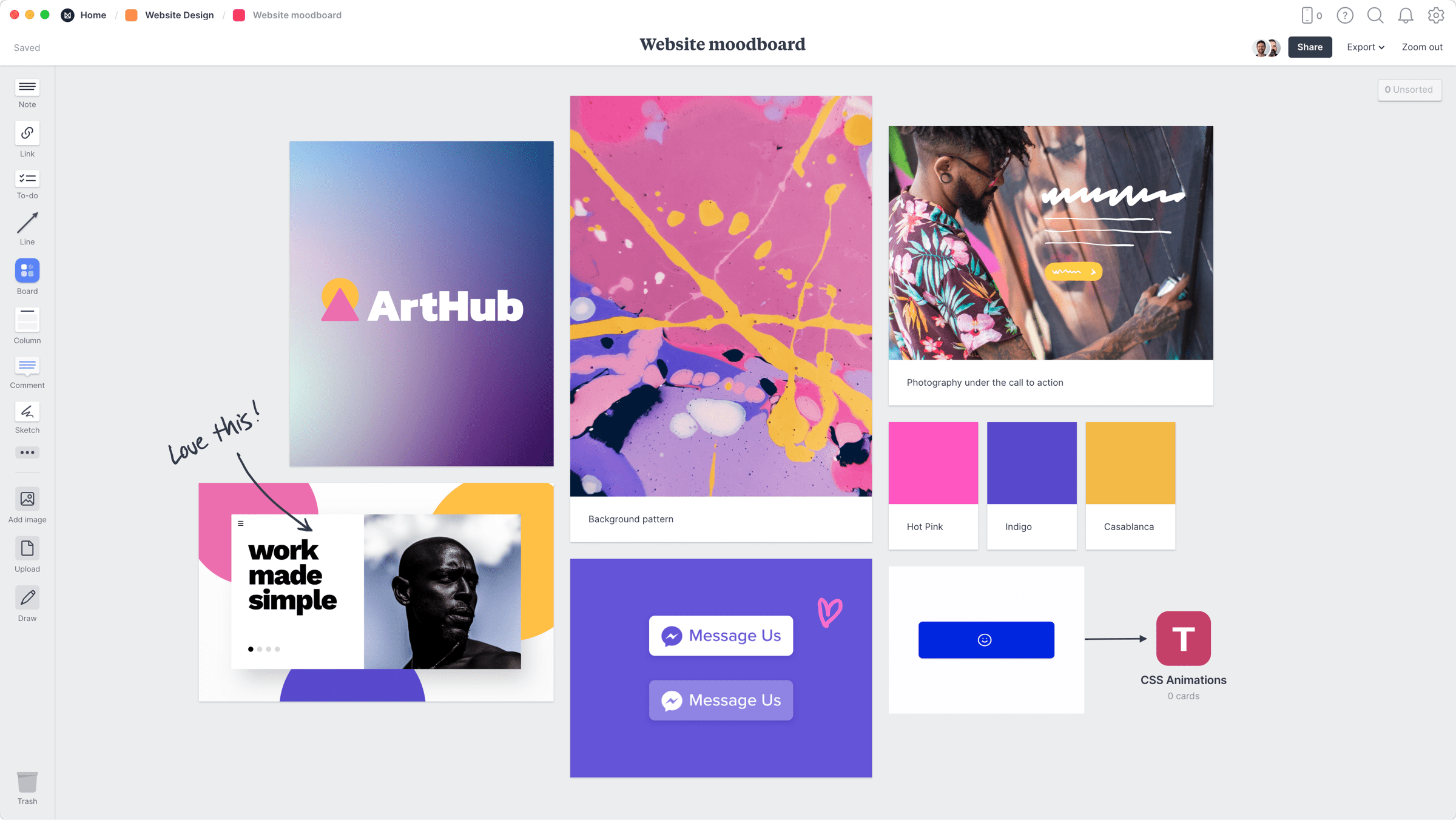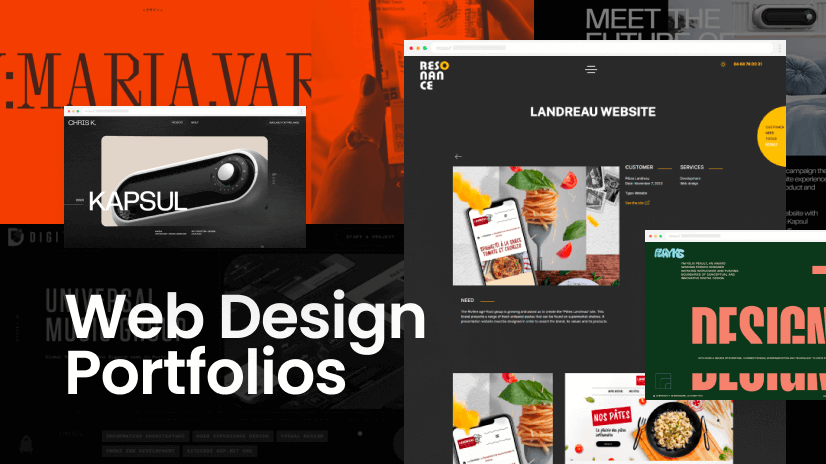The Future of Digital Marketing: Embracing Modern Website Design Trends
Wiki Article
Understanding the Function of Responsive Layout in Modern Web Site Growth
In today's electronic landscape, receptive style is no much longer a high-end but a requirement in web site growth. The value of receptive design prolongs beyond individual experience-- it is likewise an essential factor in search engine optimization and access.Relevance of Responsive Layout
In today's digital landscape, the importance of responsive design in website development can not be overstated. As consumers increasingly rely upon a selection of tools-- varying from home computer to tablets and mobile phones-- making sure a smooth user experience throughout all systems has ended up being essential. Responsive style enables sites to instantly adjust their design and capability based upon the screen size and alignment of the tool being utilized. This versatility enhances customer interaction and contentment by giving consistent accessibility to material without calling for manual modifications such as zooming or scrolling.Furthermore, responsive layout is critical for search engine optimization (SEO) Internet search engine like Google prioritize mobile-friendly internet sites in their search engine result, suggesting that a receptive style can dramatically influence a website's presence and ranking. This optimization not just enhances the customer experience yet likewise drives organic web traffic and enhances the possibility for conversion and revenue generation.
Additionally, receptive design offers services a cost-efficient option by getting rid of the demand for numerous versions of a website. By streamlining internet development processes and decreasing maintenance efforts, companies can assign resources much more efficiently, ultimately resulting in boosted return on financial investment. Thus, responsive design is important in today's competitive digital environment.
Secret Elements of Responsive Design
To efficiently implement receptive style, it is vital to concentrate on several essential elements that make sure optimum performance and user experience throughout varied devices. One of the fundamental parts is the flexible grid design, which permits designers to create fluid grids that automatically adjust to different screen sizes. This guarantees that material preserves symmetry and readability, despite the gadget being utilized.
In addition, touch-friendly navigation is vital for responsive style. Applying easily tappable switches and user-friendly gesture controls improves use on touchscreen devices. Prioritizing efficiency optimization is likewise essential, as it improves loading times and minimizes bounce prices, particularly on mobile connect with variable speed.
Last but not least, utilizing a mobile-first strategy makes sure that the design is originally maximized for smaller sized screens prior to expanding to fit desktop computers. This method guarantees that crucial capability and looks are protected throughout all platforms, inevitably improving the overall customer experience.
Effect on User Interaction
Responsive style substantially affects customer involvement by enhancing availability and fulfillment throughout numerous devices. By guaranteeing that a website's design adapts perfectly to various screen dimensions, responsive design enables customers to access web content effortlessly, whether they are using a tablet computer, desktop, or smart device . This flexibility decreases the demand for unnecessary zooming or scrolling, supplying a much more instinctive and positive browsing experience. Because of this, customers are much more likely to stay on the site longer, explore added web pages, and engage with the content, all of which are vital indicators of increased interaction.Additionally, receptive design adds to faster web page filling times, which is crucial for preserving individual rate of interest. Individuals are extra inclined to desert a website if it takes as well long to load, especially on smart phones. By optimizing performance for diverse systems, responsive design decreases filling delays, keeping customers engaged and reducing bounce rates.
Search Engine Optimization Conveniences of Responsive Style
While boosting individual experience is a key goal, receptive Read Full Article layout likewise plays a crucial function in improving a site's search engine optimization (SEARCH ENGINE OPTIMIZATION) Online search engine, especially Google, prioritize mobile-friendly internet find here sites, therefore awarding those that use smooth experiences across devices. Responsive layout ensures that a site adapts to numerous display sizes, getting rid of the demand for different mobile and desktop computer versions. This flexibility not just enhances user experience however also minimizes the risk of duplicate web content, which can negatively influence search engine optimization rankings.Furthermore, receptive layout help in faster web page packing times, an essential consider SEO. Online search engine prefer websites that fill swiftly, identifying that customers are most likely to desert sites that take also long to present. By utilizing receptive layout, designers can enhance and enhance pictures material, making sure effective loading and boosted online search engine rankings.
Furthermore, a cohesive URL framework throughout gadgets simplifies the indexing process for online search engine, enhancing crawl efficiency. This harmony in Links strengthens a website's authority and credibility, causing improved presence in search results page. In recap, receptive design is not merely a fad however a fundamental component of SEO strategy, ensuring internet sites are both easy to use and online search engine suitable.
Implementing Receptive Layout Approaches
In the world of modern web growth, implementing responsive style methods is akin to crafting a flexible canvas that adjusts effortlessly to numerous screen dimensions. Another important tactic entails utilizing media questions, which allow designers to apply different styles based on the characteristics of the device, such as height, resolution, and size.Responsive images and media are likewise essential parts. By utilizing techniques like CSS media queries and the HTML 'picture' element, designers can serve properly sized images based upon the user's device, maximizing lots times and enhancing user experience. Additionally, the incorporation of fluid typography makes certain that message is legible and aesthetically pleasing on any kind of screen, achieved through scalable systems like 'rem' and 'em'.

Conclusion
Responsive design comprises a necessary element of contemporary internet site advancement, dramatically enhancing individual experience across a variety of gadgets. Ultimately, carrying out responsive layout methods makes sure boosted accessibility and functionality, providing internet sites much more efficient and user-centric.To properly carry out responsive design, it is important to concentrate on numerous key aspects that make sure optimum capability and individual experience across diverse gadgets.Responsive layout dramatically influences customer engagement by boosting ease of access and contentment across various devices. By ensuring that a web site's design adapts flawlessly to different display dimensions, responsive style allows users to accessibility content easily, whether they are using a smartphone, desktop computer, or tablet computer .While enhancing individual experience is a primary objective, receptive style likewise plays an important function in enhancing a site's search engine optimization (SEARCH ENGINE OPTIMIZATION)Responsive layout constitutes a crucial facet of modern web site advancement, dramatically enhancing customer experience throughout a variety of gadgets.
Report this wiki page